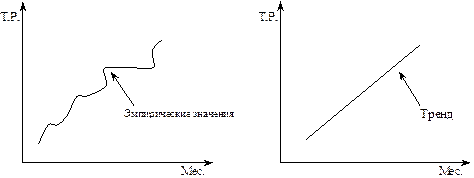
| This section may contain inappropriate or misinterpreted citations that do not verify the text. Please help improve this article by checking for inaccuracies. (help, talk, get involved!) (September 2010)
|
Arabs also produced and bound books in the medieval Islamic world, developing advanced techniques in (Arabic calligraphy), miniatures and bookbinding. A number of cities in the medieval Islamic world had book production centers and book markets. Marrakech, Morocco, had a street named Kutubiyyin or book sellers which contained more than 100 bookshops in the 12th century[ citation needed ]; the famous Koutoubia Mosque is named so because of its location in this street.
The medieval Islamic world also used a method of reproducing reliable copies of a book in large quantities, known as check reading, in contrast to the traditional method of a single scribe producing only a single copy of a single manuscript. In the check reading method, only "authors could authorize copies, and this was done in public sessions in which the copyist read the copy aloud in the presence of the author, who then certified it as accurate."[17] With this check-reading system, "an author might produce a dozen or more copies from a single reading," and with two or more readings, "more than one hundred copies of a single book could easily be produced."[18]





